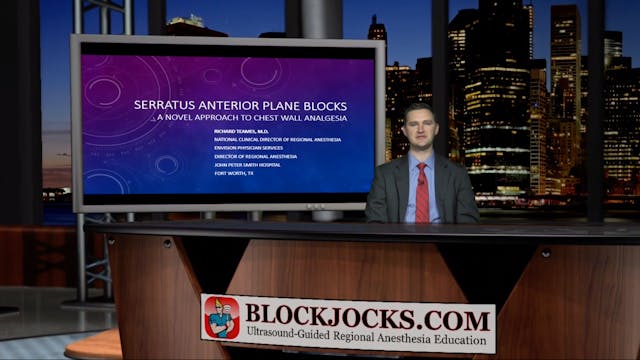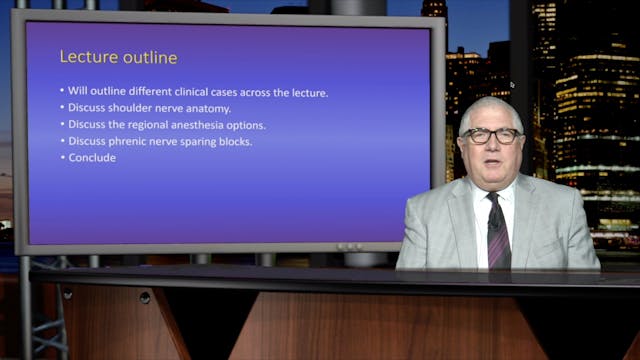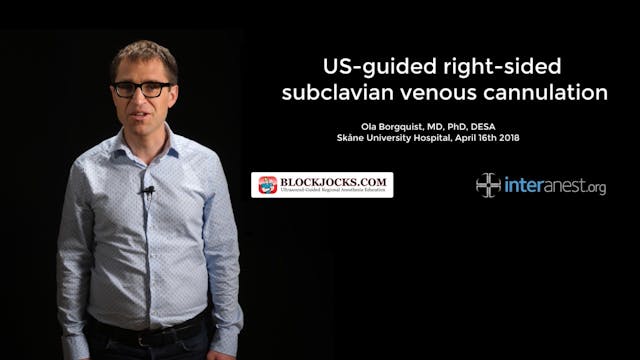Dr. Theresa Bowling, Director of Regional Anesthesia at Integrated Anesthesia Associates Fairfield Division, and President and Founder of SSRA, discusses the use of Rectus Sheath and Quadratus Lumborum (QL) blocks for the management of pain after abdominal surgery.
Dr. Bowling is a native New Yorker but has lived and practiced anesthesiology in Connecticut for over 20 years since she completed her anesthesia residency at Yale New Haven Hospital in 1995. She is the Director of Regional Anesthesia at Integrated Anesthesia Associates Fairfield Division at St. Vincent’s Medical Center in Bridgeport, CT. Dr. Bowling is also the President and Founder of SSRA, a leading provider of training for Regional Anesthesia in the techniques of ultrasound guided nerve blocks and Regional Anesthesia program development in the context of ERAS.
Her special interests include competing in equestrian events in the hunter and jumper arena, skiing, traveling, and being a mom to her two children Avery and Caden.
Please visit https://ssrausa.com for more information regarding upcoming live training seminars. And connect with Dr. Bowling on LinkedIn here: https://www.linkedin.com/in/theresabowling
Up Next in Featured VIP Videos
-
*NEW* Serratus Anterior Plane Blocks
Dr. Richard Teames, the director of regional anesthesia at John Peter Smith Hospital discusses the what, why, and how of serratus anterior plane (SAP) blocks for postoperative analgesia of the chest and axilla including rib fractures, thoracotomies, and VATs procedures.
In addition to his lea...
-
*NEW* Regional Anesthesia for Shoulde...
Dr. Rob Raw discusses regional anesthesia considerations for shoulder girdle surgery. Utilizing a series of interesting clinical cases throughout the lecture Dr. Raw reviews pertinent anatomy and highlights a multitude of peripheral nerve block and infiltration techniques including phrenic-sparin...
-
US-Guided Right Subclavian Venous Can...
In this video Dr. Ola Borgquist makes the case for ultrasound-guided, right-sided subclavian central venous lines and introduces the microconvex transducer as a great tool in your practice. As Dr. Borgquist explains the learning curve is not as steep as with other procedures and he expects you wi...




2 Comments